The Difference Between Pendant Lights and Chandeliers
Difference in design
Difference in materials
Pendants, unlike chandeliers, are usually made of metal. This is because they need to be able to hold the weight of the bulb and wiring. Chandeliers, on the other hand, may be made of crystal or glass as well as wood. They can also be made from other materials like iron or bronze.
Chandeliers tend to have a more ornate design than pendants because they have more space for decorations within their framework; however, this does not mean that all chandeliers are ornate in nature! There are many modern designs available that feature very clean cuts and lines with little decoration around them besides an array of lights - these types of light fixtures look great when used as ceiling lights in large rooms where they can shine down onto surfaces such as tables or floors (you could even put one over your dining table!).
One of the biggest differences between a pendant light and a chandelier is how they’re installed. A pendant lamp is hung from the ceiling by a chain or rod, while a chandelier hangs from the ceiling or an extended chain or rod.
This difference in installation style can affect how much space each type of fixture takes up on your walls and ceilings, which can affect how you use your room’s floor plan. For example, if you want to make sure that your room looks balanced and symmetrical, installing multiple hanging fixtures with varying heights might result in an unappealing look. You may also find that using ceiling-mounted fixtures only makes sense for certain types of rooms (for example, when installing them near windows). In this case, it would be more practical to select something like table lamps instead of wall sconces or other types of hanging lamps so that there isn't an awkward gap between where your eye naturally goes during conversation versus looking at something else close by like artwork or furniture arrangements
The first difference between a chandelier and a pendant light is the size. Chandeliers are larger, with more lights and often more intricate details. Pendants are smaller and have fewer lights, but can still be quite ornate. Chandeliers are usually hung from the ceiling in the middle of a room, while pendants are often hung from nearby walls or ceilings.
Chandeliers have more lights than pendants, and chandeliers tend to be larger. This is because chandeliers are usually hung from the ceiling, while pendants are mounted at a lower height.
Chandelier light bulbs tend to be large and bright since they hang above the table or countertop where they illuminate your space. Chandelier light bulbs also emit less heat than standard floodlights and other types of lighting fixtures with bulb sizes between 40-60 watts.
Pendant light bulbs are larger than standard incandescent or fluorescent bulbs but smaller than chandelier light bulbs. They can range anywhere between 40-100 watts depending on how many lights your pendant has in it as well as its size (whether it hangs over one person or multiple people).
The main difference between pendant lighting and chandelier lighting is the function and use of each. Pendants are usually used as a light source over a table or kitchen island, for example, while chandeliers are usually used to light a central area in the home like the dining room or living room. Due to their small size and limited range of motion, pendants tend to be used in more intimate settings than chandeliers which can provide ambient light throughout an entire living area.
Pendants and chandeliers are often used interchangeably, but they have distinct differences in design, materials, size, and functions. Whilst both are hung from the ceiling to provide ambient lighting for a room or area, pendants tend to be smaller than chandeliers and can be made of a variety of materials such as metal or glass. A pendant light may also incorporate crystals at its base for additional sparkle. Chandeliers tend to be larger due to their multiple lights; these lights hang from chains that suspend from an ornate frame that rests upon a chain or rod attached directly to the ceiling-mounted bracket (also called a canopy). Chandelier shades come in all shapes and sizes—from crystals to feathers—and serve as decorative accents within your interior design scheme by giving off plenty of light while adding some flair!
Pendant lights are a great choice for kitchens, and they’re very versatile, too. If you want something more grandiose, though, a chandelier may be the right choice for you. Whether it’s your kitchen or dining room, there’s no doubt that both pendant lights and chandeliers have the potential to transform any space into a beautiful one.
Chandeliers tend to have a more ornate design than pendants because they have more space for decorations within their framework; however, this does not mean that all chandeliers are ornate in nature! There are many modern designs available that feature very clean cuts and lines with little decoration around them besides an array of lights - these types of light fixtures look great when used as ceiling lights in large rooms where they can shine down onto surfaces such as tables or floors (you could even put one over your dining table!).
Difference in installation
This difference in installation style can affect how much space each type of fixture takes up on your walls and ceilings, which can affect how you use your room’s floor plan. For example, if you want to make sure that your room looks balanced and symmetrical, installing multiple hanging fixtures with varying heights might result in an unappealing look. You may also find that using ceiling-mounted fixtures only makes sense for certain types of rooms (for example, when installing them near windows). In this case, it would be more practical to select something like table lamps instead of wall sconces or other types of hanging lamps so that there isn't an awkward gap between where your eye naturally goes during conversation versus looking at something else close by like artwork or furniture arrangements
Difference in size
Chandeliers have more lights than pendants, and chandeliers tend to be larger. This is because chandeliers are usually hung from the ceiling, while pendants are mounted at a lower height.
Chandelier light bulbs tend to be large and bright since they hang above the table or countertop where they illuminate your space. Chandelier light bulbs also emit less heat than standard floodlights and other types of lighting fixtures with bulb sizes between 40-60 watts.
Pendant light bulbs are larger than standard incandescent or fluorescent bulbs but smaller than chandelier light bulbs. They can range anywhere between 40-100 watts depending on how many lights your pendant has in it as well as its size (whether it hangs over one person or multiple people).
Differences in function and use
Though often used interchangeably, pendants and chandeliers have distinct differences in design, materials, size, and functions
Pendant lights are a great choice for kitchens, and they’re very versatile, too. If you want something more grandiose, though, a chandelier may be the right choice for you. Whether it’s your kitchen or dining room, there’s no doubt that both pendant lights and chandeliers have the potential to transform any space into a beautiful one.
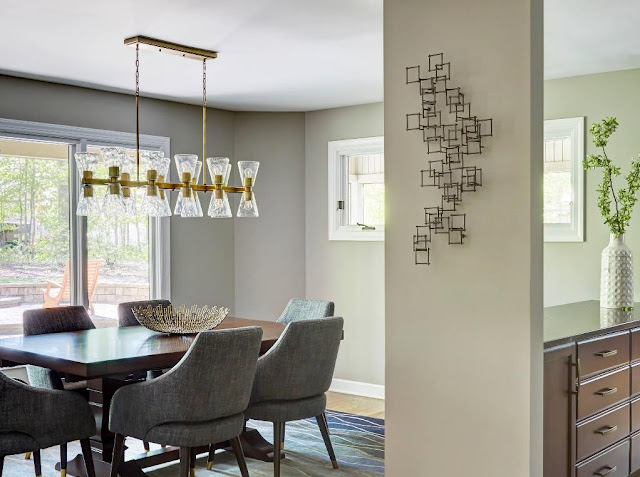
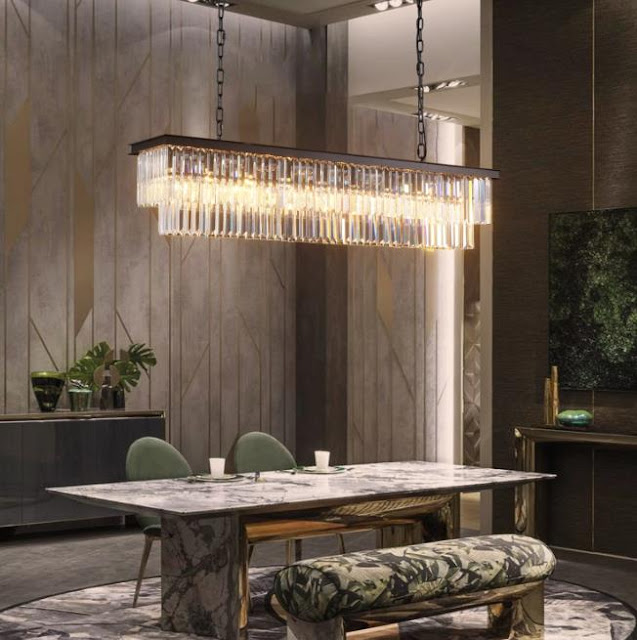
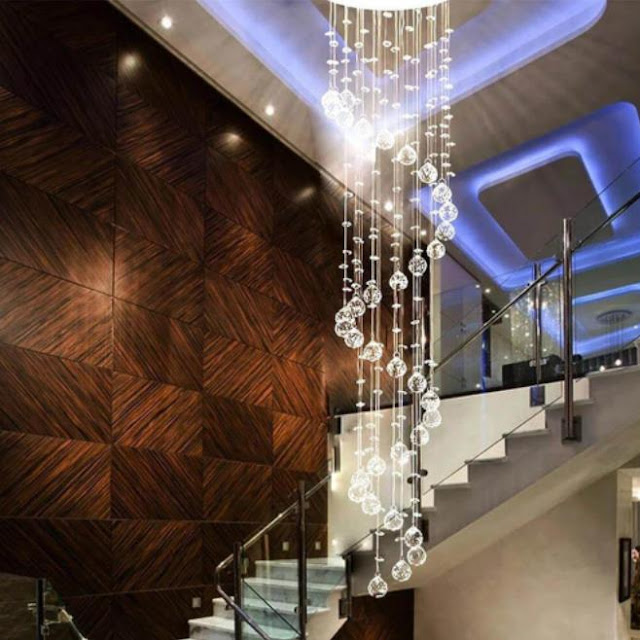
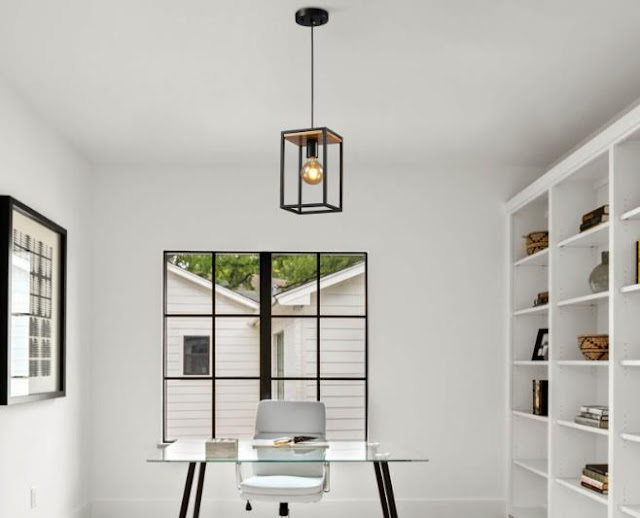


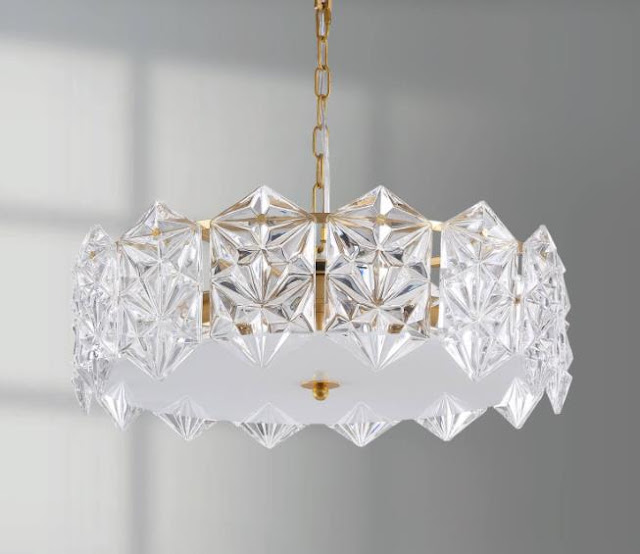



Comments
Post a Comment